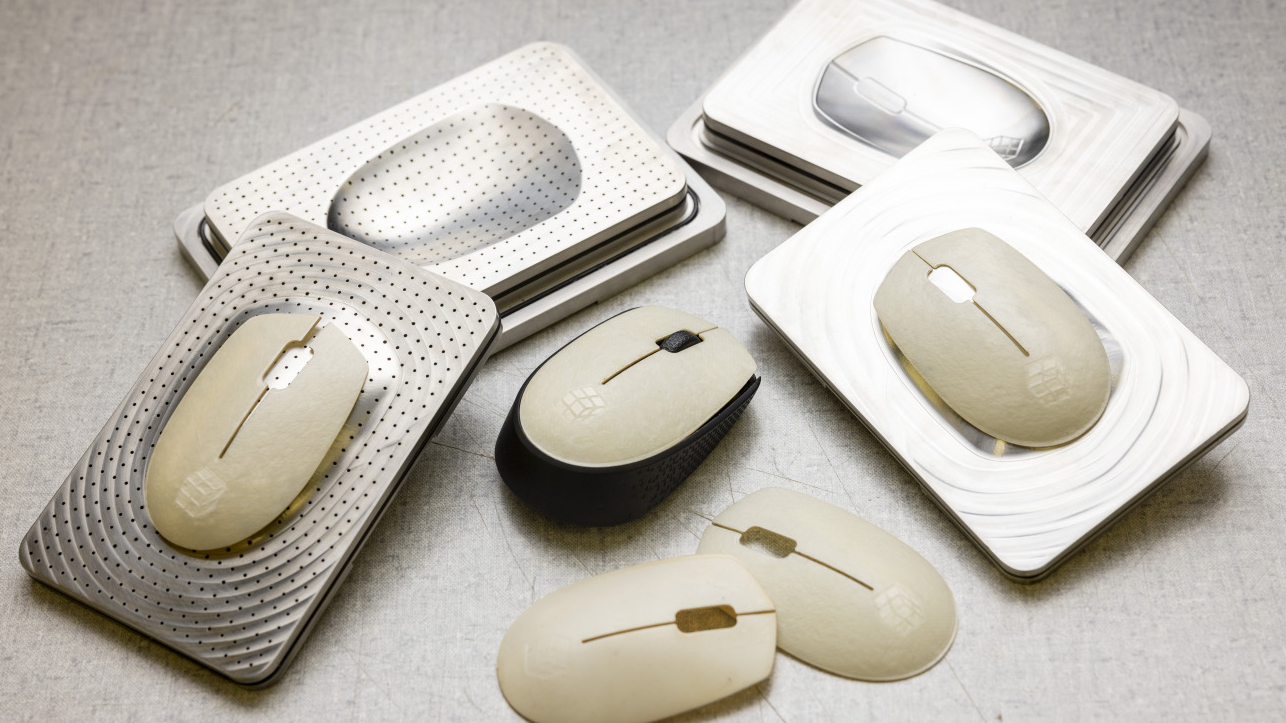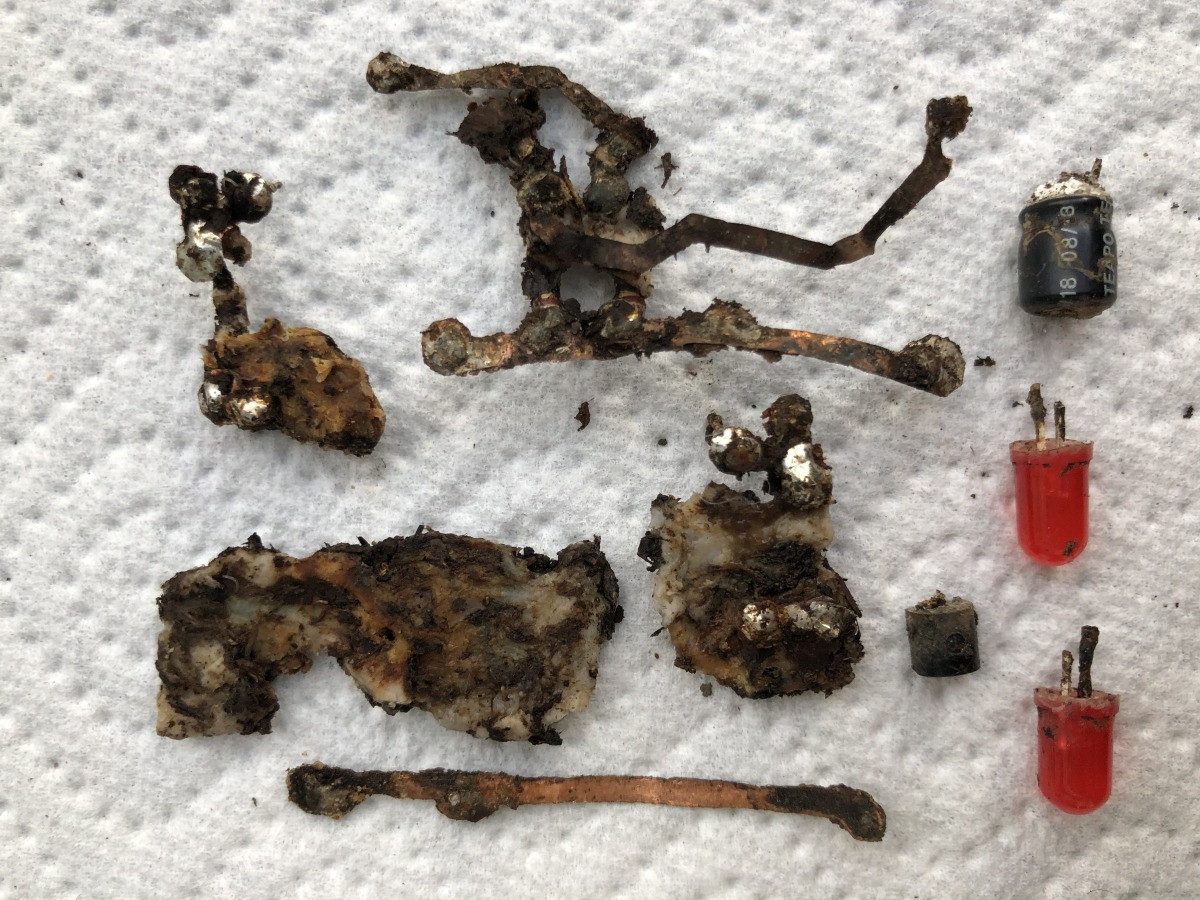Can cellulose fibers be used to produce ecologically sustainable circuit boards for the electronics industry? A multinational team within an EU project called 'Hypelignum' is investigating this question, among others. The aim of the project is biodegradable electronics.
Thomas Geiger, a researcher at the Swiss Federal Laboratories for Materials Science and Technology (Empa), is also a member of the 'Hypelignum' team. He has been researching cellulose fibrils - fine fibers that can be produced from wood cuttings or agricultural waste - for some time. They burn without leaving any residue and are compostable. Geiger is investigating whether these fibers can also be used to produce base material for printed circuit boards, as conventional rigid printed circuit boards are known to be composite materials based on glass fiber-reinforced epoxy resins, which are not yet recyclable.
Geiger had already produced circuit boards from cellulose fibers and investigated their biodegradation. When mixed with water, the biofibers produce a viscous sludge that can be dewatered and compacted in a special press. Together with a colleague, he produced 20 test circuit boards, which were subjected to various mechanical tests and finally fitted with electronic components. The experiment was a success, as the cellulose circuit board released the soldered-on components after a few weeks in the natural environment.
Silky shine like ivory
Geiger was also able to develop housing parts for computer mice from the material together with a technical college in Rapperswil. The housing parts produced have a silky sheen and resemble ivory workpieces in terms of color and feel.
Empa employees can now contribute their findings to the European research project 'Hypelignum'. The project started in October 2022 and the consortium, which includes participants from Austria, Slovenia, Spain, the Netherlands, Sweden and Switzerland, plans to manufacture and evaluate eco-conductor boards made from various materials. In addition to nanofibrillated cellulose (CNF), wood wool and cellulose from poplar wood are being investigated as a base; wood veneer is also being used as a base for the boards.
As part of the project, Empa's research departments will use material databases to calculate the ecological footprint of the eco PCBs and compare the individual concepts with each other and manufacture the PCBs from renewable raw materials. The circuit boards must not only have a high mechanical strength, but must also not swell in humid conditions or form cracks at very low humidity. Geiger is convinced that cellulose fibers can be a very good alternative to glass fiber composites.
The material is dewatered in a special press with 150 tons of pressure. This allows the cellulose fibers to stick together without any additional additives. The properties of the base materials obtained in this way depend on the process parameters of pressure, temperature and time of the pressing process.
The EU project has ambitious goals: It not only aims to investigate printed circuit boards made from renewable and compostable raw materials, but also to develop conductive inks for the electrical connections between the components. These inks are often produced on the basis of silver nanoparticles.
The researchers are looking for cheaper and less scarce substitute materials, as well as an ecological production method for these nanoparticles.



